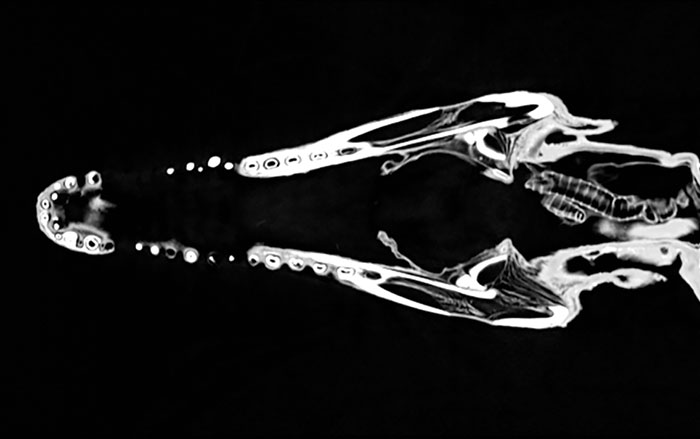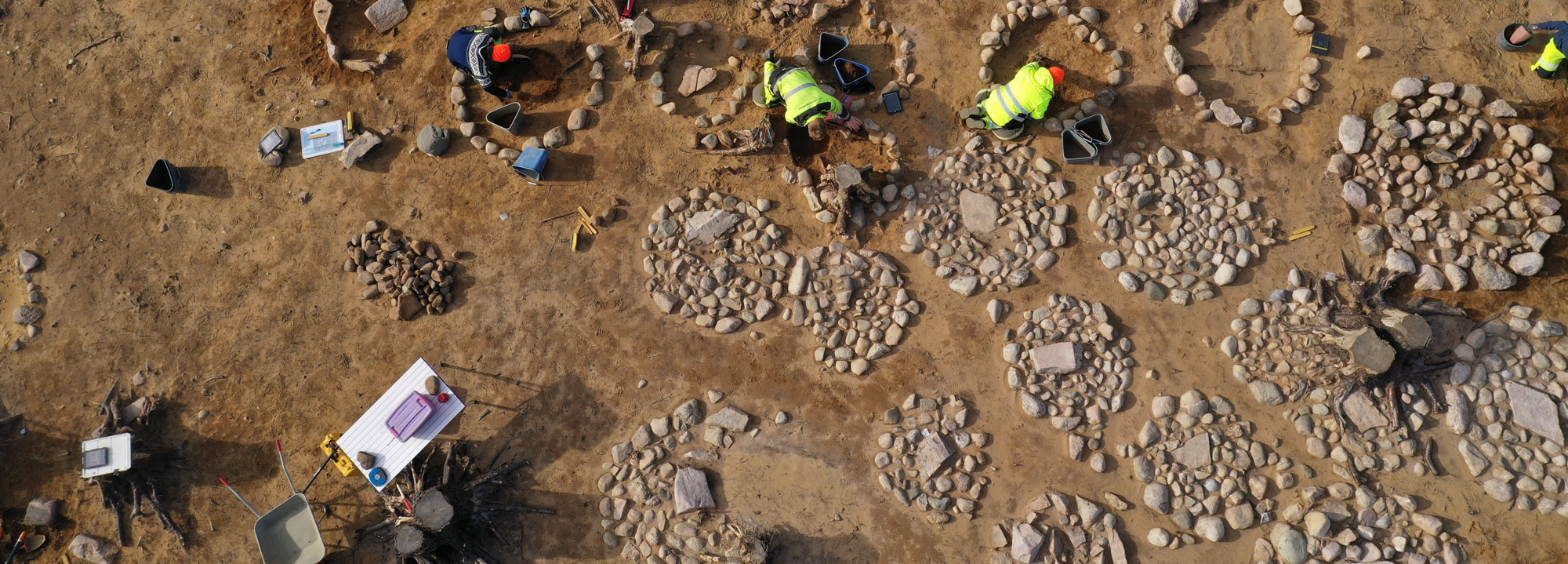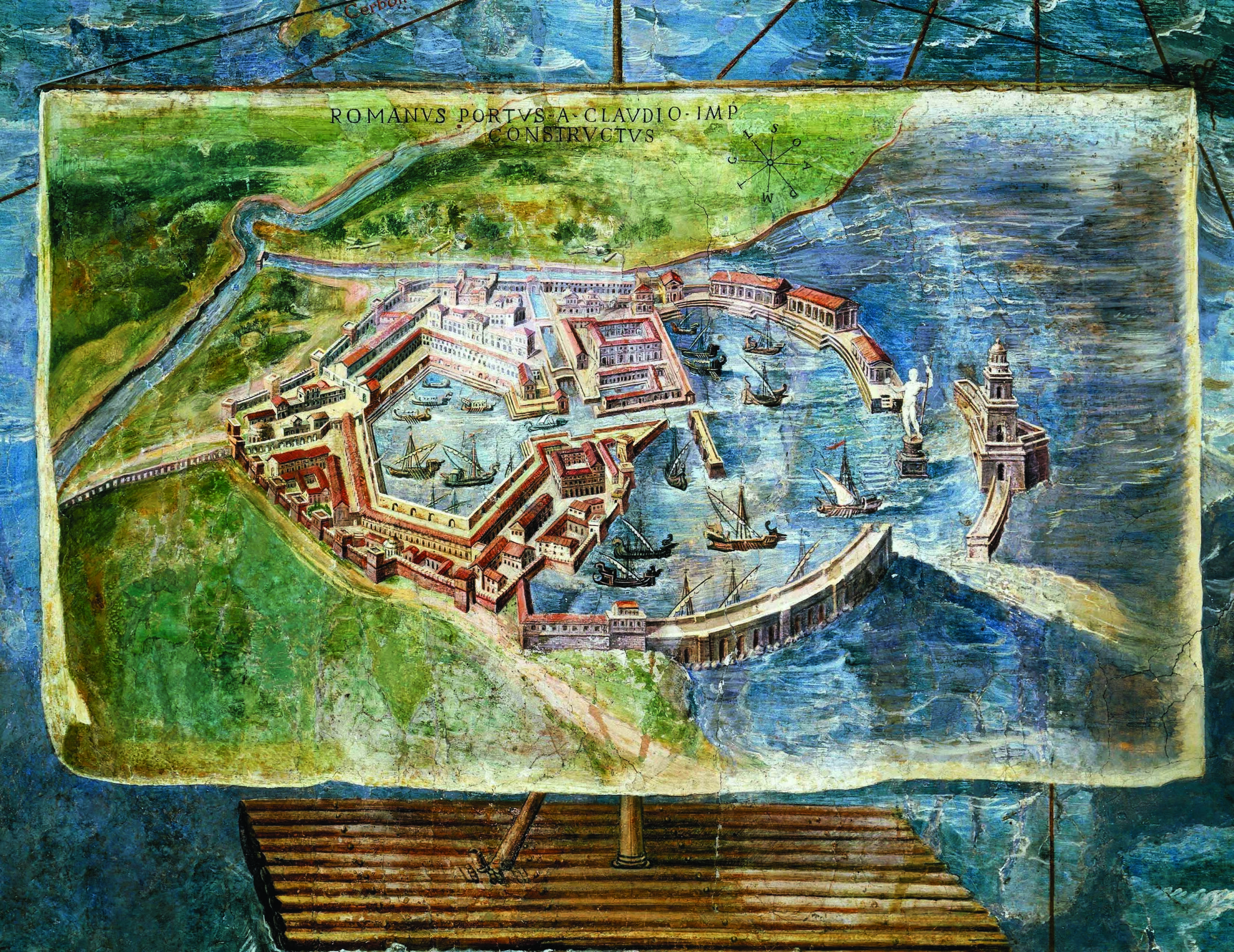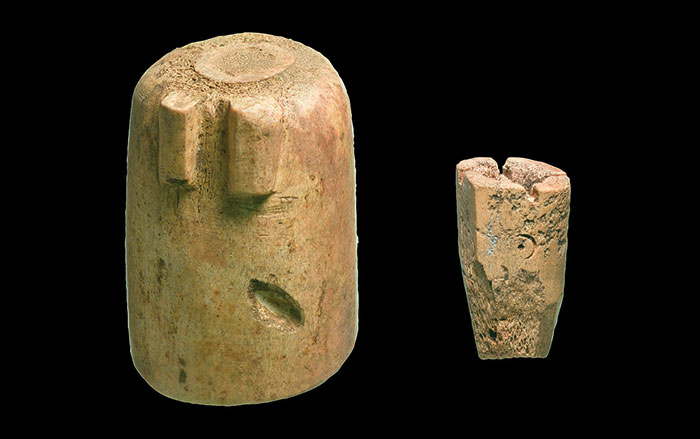
MURSALEVO, BULGARIA—Skeletons of three children thought to have been sacrificed by the Thracians in the sixth century B.C. have been discovered in one of 20 ritual pits at a site in southwest Bulgaria. The pits were uncovered during rescue digs by archaeologists from the National Institute and Museum of Archaeology of the Bulgarian Academy of Sciences along the planned route of a new highway. Stones thought to have been used in the sacrificial ritual were also removed from the pit. Other pits contained the remains of food and animal offerings, such as the complete skeleton of a calf that was found with a knife blade. Archaeologists think that the Thracians honored the site because of the early Neolithic city that once stood there. The 8,000-year-old settlement had three parallel major streets divided by smaller, perpendicular streets. Each section formed by the streets held three or four homes built of plant stalks and clay. Artifacts from the homes include ceramic figurines of a mother goddess, tools, a golden earring, a button, and a needle. The city appears to have been deliberately burned, according to Archaeology in Bulgaria. To read about a recent archaeological discovery in Bulgaria, see "Thracian Treasure Chest."










